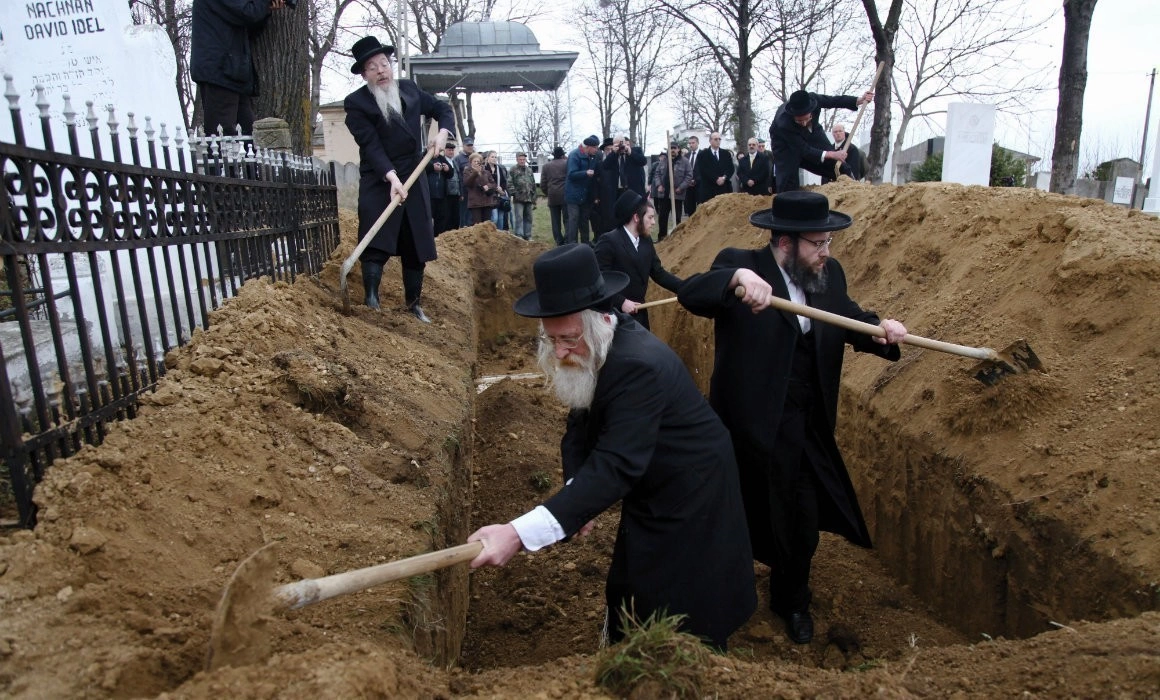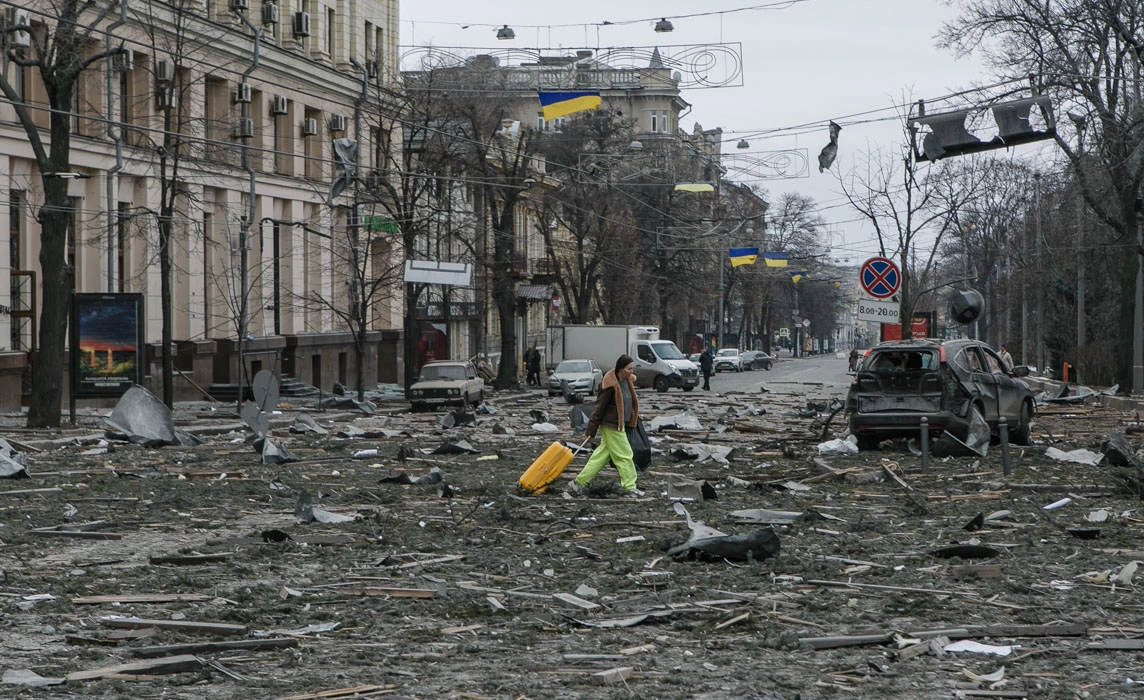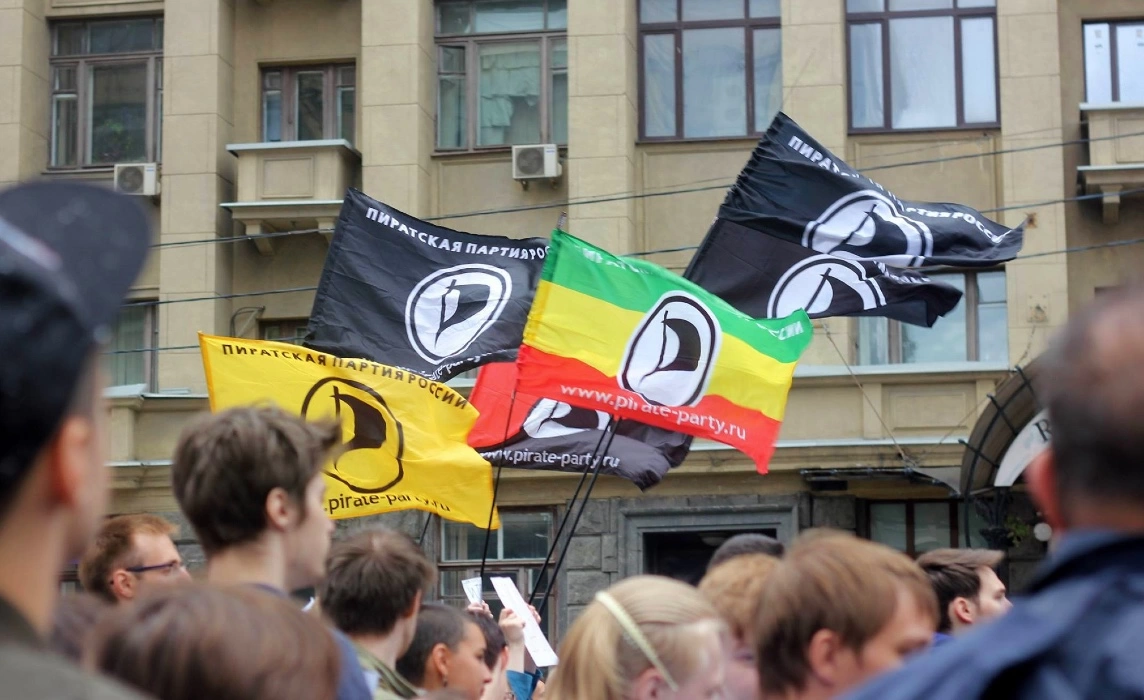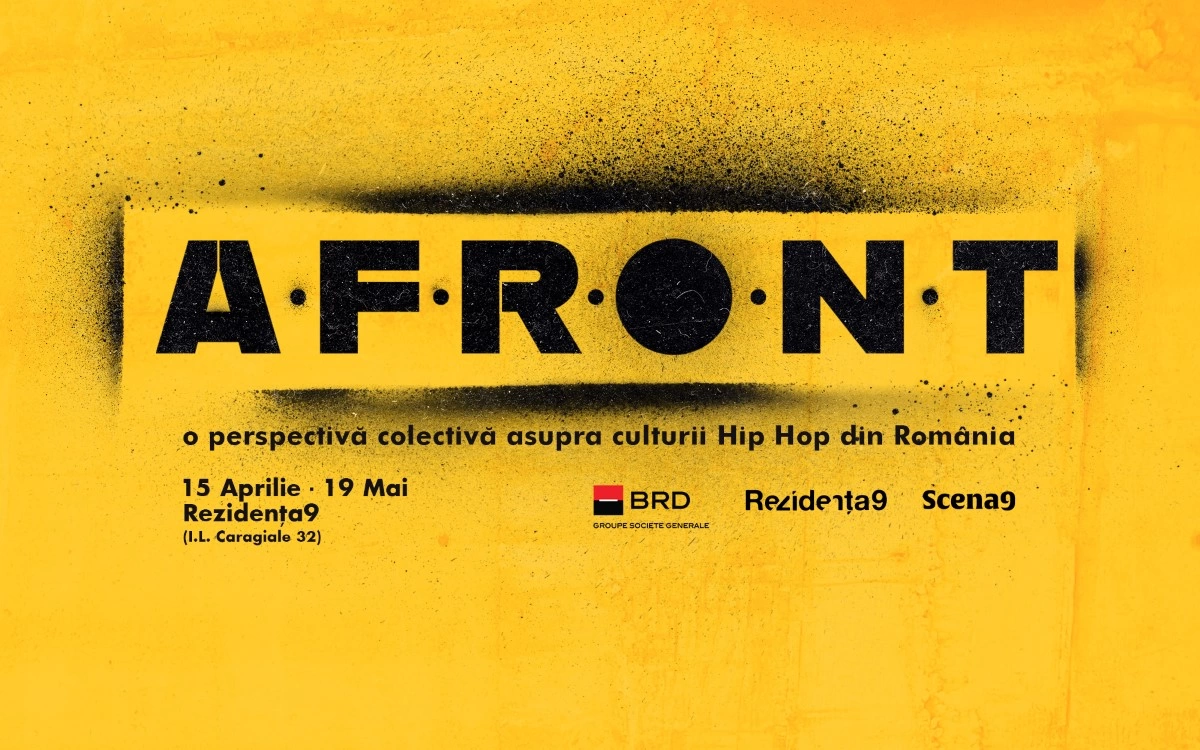Late June this year marked 76 years since the Iași Pogrom. It started with rumors, but there was another less-known catalyst: the color red.
In the days of the war, there was an automatic and Pavlovian association of the color red with Bolshevism, as a result of the intense anticommunist propaganda of the Romanian authorities. And because, at the time, Bolshevism was virtually identical to Judaism (and the other way around), the color red was also a sign of Judaism.
Once fashionable, red had lost its neutrality and appeal. The possession of red objects became incriminatory. And it wasn’t just a corrupt thought process. This association entered the mind of the police and the military. It was the cause of abusive arrests and crimes.
Here are a few examples.
In Iași, on November 18, 1940, General Safety arrested Moișe și Haim Valdman because during a search of their shop, two pieces of red, hemmed cloth were found. Probably, they were just rags, but General Safety assumed that the pieces of cloth were set to be attached to wooden sticks, thus becoming a type of flag. (Source: Iași Archives) The Iași Police were haunted by the imaginary of the summer of 1940, when the military and civilian propaganda suggested that in Bessarabia and Northern Bukovina, the soviet troops were welcomed by gloating Jews waving red flags. In fact, there were just a few such cases, where there were Jews, but also Bessarabian and Russians, lured in by communism. The Soviet Union knew how to set up enthusiastic demonstrations, and so they called to meeting the local population of the territories that entered Soviet control, following the ultimatums of June 1940. There were no ethnic considerations to the selection.
On June 20, 1941, two days before the start of the war and nine days before the Iași Pogrom, General Safety reported: “For the last three days, there’s been a rumor going around the city that some Jews have installed red light bulbs in their homes’ chimneys that stay lit all night long to signal the Russian airplanes to the exact location of the city. Also, there’s talk that during the bombing, these houses will be spared by the aerial attacks, and the Jews that believe in the Russian victory, will help the planes through any means.” Searches were performed in many of Moldova’s cities, and there were no red light bulbs found. (Source: CNSAS)
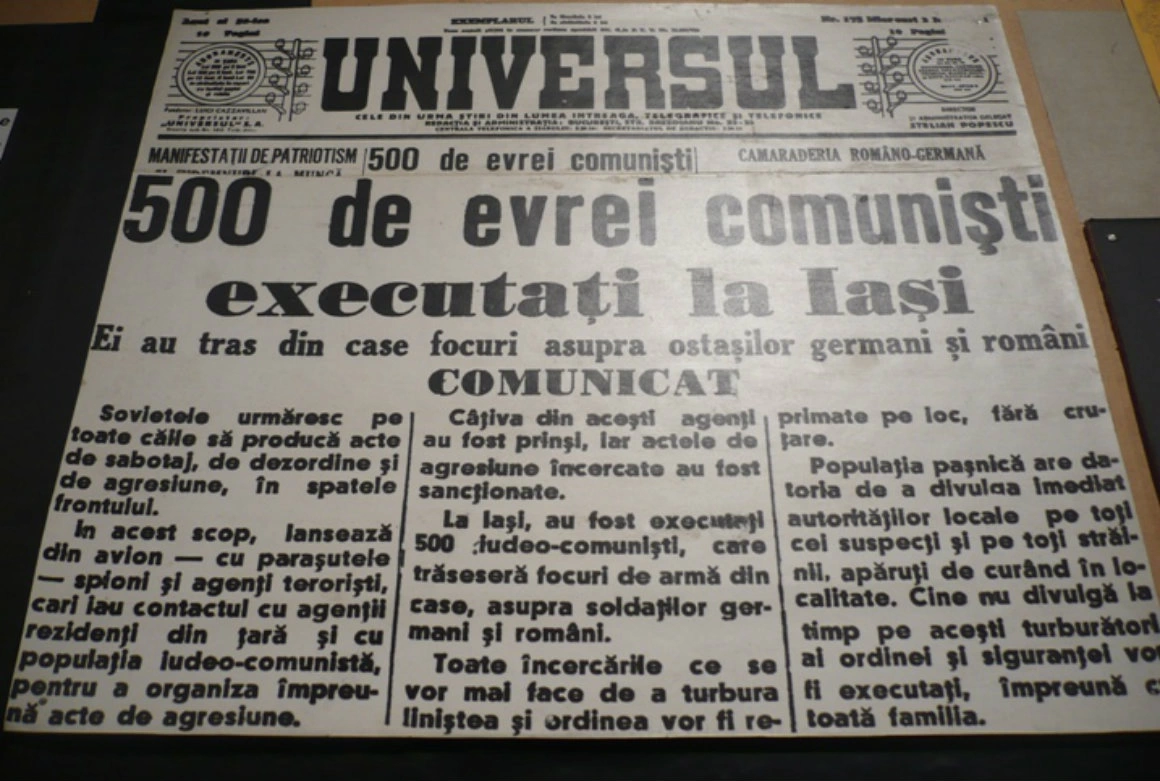
The rumors of flares being used to signal planes circulated intensely the days before the Pogrom and continue to do so even today, as an excuse for the start of the massacre. There were two soviet bombardments before the Pogrom. The first one, on June 24, 1941, aimed for the aerodrome, but did not hit any important targets. It only caused a few casualties. The second bombardment, on June 26, was massive. Over 30 planes dropped two waves of over 100 explosive or incendiary bombs, but it happened without any type of precision (this was pointed out by the military and police reports of the time). The Soviet airplanes learned to go around the air defense and enter through the south of the city, but there was little precision of the dropping of bombs. Because of the size of the attack, many buildings were hit, such as the Telephone Palace, the Administrative and Justice Palace, a German shop, water pipes, hospitals, etc. There were dozens of victims, both Christians and Jews. The Jews reported 38 dead and over 100 buildings damaged. The Romanian and German authorities reported 77 dead Christians. Then they accused the Jews of directing the attack from the ground.
The most important thing to remember is that the Soviet bombardments were executed during the day. So, the supposed red light bulbs that signaled airplanes would have been rendered useless. In fact, following many searches, there was no concrete evidence that the Jews did any type of signaling. But still, dozens of Jews who had in their homes red clothes, cloth, or objects were arrested. They even got someone who had a red duvet. The duvet was taken out of the house alongside with them, so that the neighbors could see the incriminating evidence. (Source: CNSAS, CSIER)
Before the massacres of Stânca, and the Vulturi Forest, Vasile Enache, a Christian man was out with his cows when he was retained by soldiers because he of his red hair, and thus looked like a Jew. He was almost shot. That’s how he got to see the massacre of the Jews in the forest and thus knew to point us to the location of the mass grave in 2010.
Another series of rumors blamed the Jews for the use of red signal flares. But civilians didn’t have access to those type of military arsenals, much less the Jews, whose homes were repeatedly searched. It was only the Romanian and German troops that owned those types of signaling devices.
If we check the time’s police and military documents, we can observe that there is an abundance of reports concerning the use of flares around the country, but especially in Moldova. None of them proved to be true.
At the beginning of July 1941, after Bucharest was caught in the rumor mill, the authorities came out to the press to try to stop the reports.
In the newspaper Curentul, there was the following announcement: “During the alarm, some of the anti-aircraft guns used incendiary ammunition, which leave traces of red light behind. The public thought this was a type of signaling used by malicious individuals, and this caused anger, doubts, and in some cases, even panic. More so, because of the visual distortion and the darkness, the public was under the impression that the light signals came from the building behind which the light actually came from. This caused countless telephonic complaints, which were checked and proven false. Bucharest’s Military Headquarters appreciates the value of the public in helping to uncover concealed criminals or enemy agents that might be located in the Capital. But it cannot allow the military and police to always be alarmed by communication of false information.”
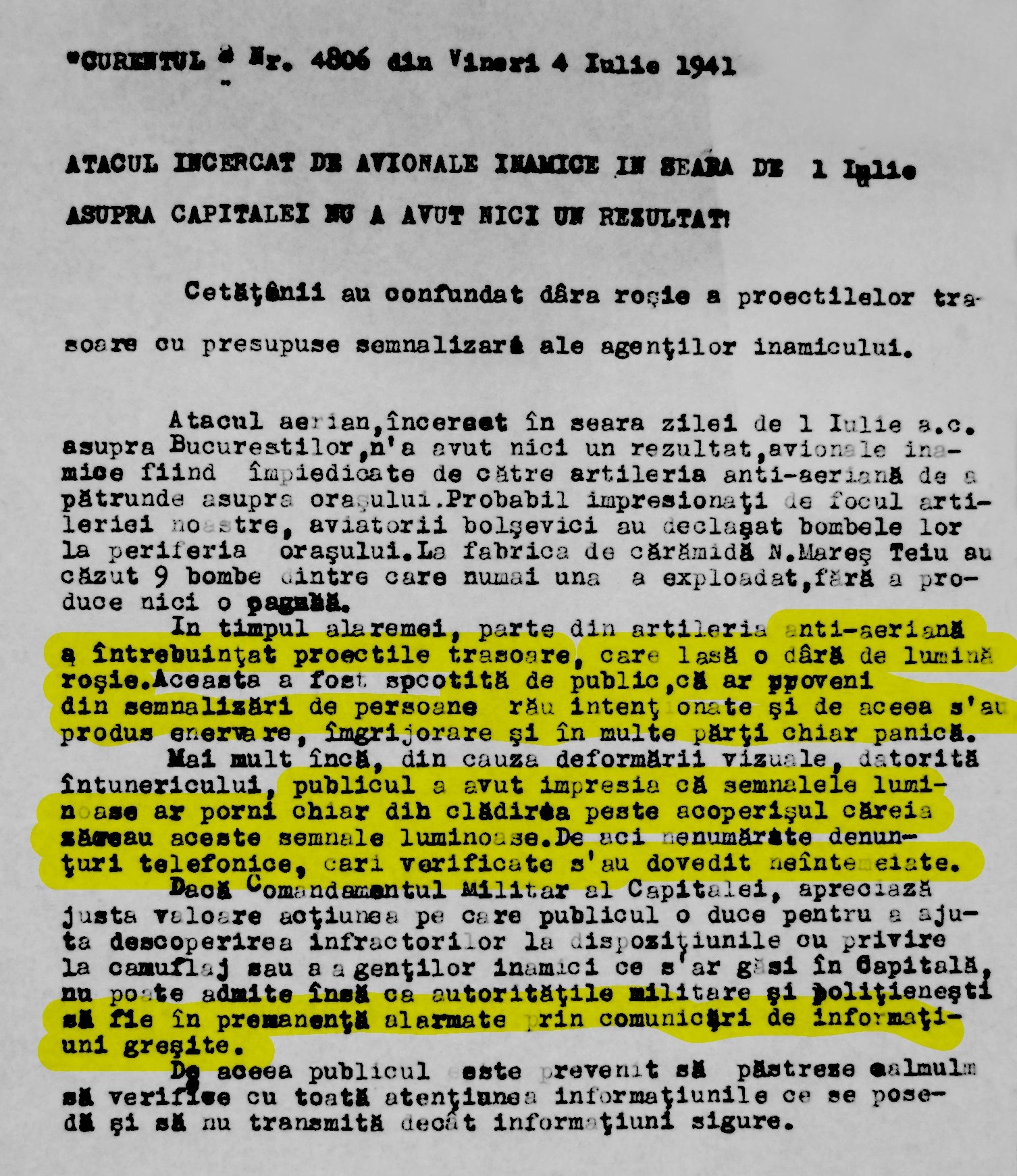
The directives and statements sent out by the Antonescu authorities after the pogrom had the function of correcting behaviors, actions that affected the peace and quiet behind the front. From these, we can indirectly learn what went wrong during the pogrom. Thus, Antonescu asked the police and the army to stop making arrests and executions based on rumors. He complained of the Army’s lack of discipline, of randomly fired shots, and the misled rocket signaling, of army men leaving their stations, and their involvement in robberies and violence. The information services were urged to transmit only verified information. The civilians were asked to stop taking justice into their own hands, to stop torturing and robbing Jews, and to stop spreading rumors and causing deliberate misinformation.
We’re looking at an image of what happened during the Iași pogrom, when the soldiers randomly shot at imaginary “terrorists”, fueling the panic and rumors that the Jews are firing at the army. The soldiers partnered up with the police, public guards, the German army, public servants, and civilians, to perform mass arrests of the Jews. Many of these people, participated in escorting and the ill-treatment of the detained Jews, in destroying their homes, in executions held inside police stations, and then in the boarding of the “death trains”. The military and police units, both Romanian and German, did not coordinate with one another. Neither did the information service. The enemy was thought to be everywhere, even though there was nothing but confusion, chaos, and panic.
All we need to do is take a look at the orders given by Ion Antonescu, by the Armed Forces General Staff, and Internal Affairs and we can plainly see that the rumor mill wreaked havoc even on those at the helm of the country. And that much of the misinformation became trustworthy thanks to its validation by the central authorities. The State’s antisemitism gave credibility to any accusation brought upon the Jews. Besides, we know for a fact that the information services had trained agents to spread false information on Jews and communists. The men responsible for the Antonescu state, whether they truly believed it or not, made their beliefs public that in the city of Iași, the authorities were faced with a Jewish rebellion and that action needed to be taken.
The antisemitic propaganda provided a pattern of causal attribution, that automatically credited certain actions and events to the Jews. Even though the signaling along with the isolated gunshots were the result of rumors and of the deliberate state misinformation, indiscipline and chaos, they were automatically attributed to the Jews, without any need for proof.
Many of the Jews who survived the Pogrom came forth after the war and said that the Jews who were beaten to a pulp with bats during their escort, upon entry inside the police station, the Jews who were shot and wounded, were treated even worse that that, or were considered guilty beyond a shadow of a doubt. We know from the International Holocaust Remembrance Alliance that the torment had a strange incriminating effect. Thus, the blood that poured out of them seemed the be proof that the Jews were being mistreated for a reason. This time, the color wasn’t communist red, it was massacre red, but it had the same incriminating effect.
Main photo: Rabbis from England and United States are seen burying the remains of dozens of Jews in a cemetery in Iași on April 4, 2011. Photo by Bogdan Cristel/REUTERS
Translated from the Romanian by Cristina Costea
For more fresh English-language cultural journalism, brought to you by the new voices of Romania, look here.
